5 Steps to Improve Your Heating System Now
http://decor-ideas.org 11/10/2013 12:30 Decor Ideas
If you are one of those people who don't think about the heater until it's freezing and you need to adjust the thermostat, I'm here to tell you: Your heating system needs your attention now. A few simple steps in the fall will mean you're not waiting for an HVAC tech to come out for an expensive weekend service visit on the coldest night of the year. Even if you're the type who religiously changes the filter in your furnace, you can still improve your system's efficiency and save yourself some money.
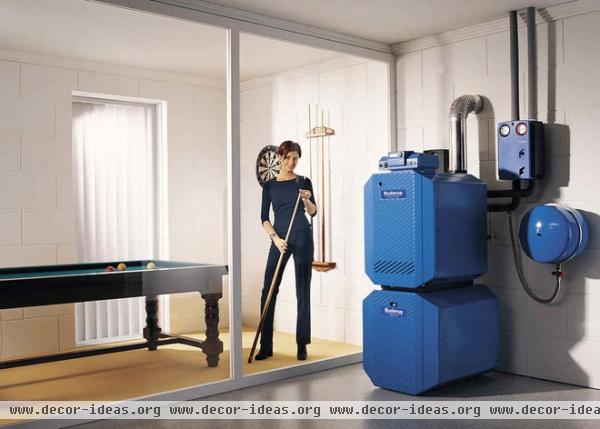
1. Have a professional service your heating system. My guess is that your heater doesn't look like the modern, pristine model in this photo. It probably sits in a basement, garage or closet, ignored until you turn on the thermostat and nothing happens. Unless your boiler or furnace is brand new, you should have it periodically serviced by a professional to keep it running cleanly and efficiently. But there are many other things you can and should do to get ready for the heating season.
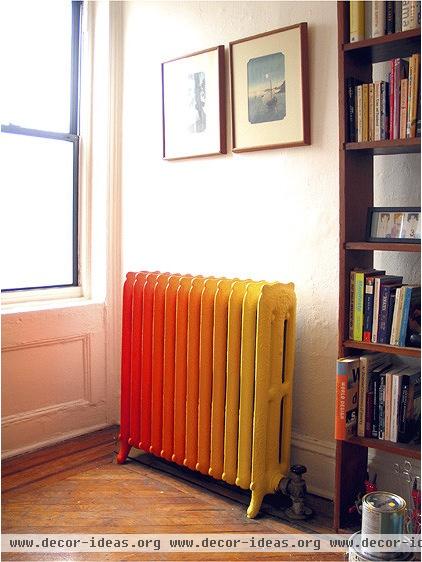
2. Bleed radiators and change filters. Most houses have either forced-air systems or radiators. If you have hot-water radiators, you probably know you need to "bleed" them to let air out of the system at the beginning of the heating season. First, start the boiler and let it heat up, making sure the circulator pump is running. (The circulator pump is a football-size motor attached to the pipes somewhere near the boiler.) Open the valve on each radiator and have a container close by to catch the water. Once it's water and not air coming out, close the valve. If you hear air come out and then it stops, but you don't get water, close the valve and move on to another one, and then come back once the system has heated up more.
If you have a forced-air system (registers throughout the house blow out air), then you can improve its performance by making sure the filter in the furnace isn't clogged. How often you need to change the filter will depend on your individual home and system. Check it every month or two until you have a sense of the right routine, then put future dates to change it in your calendar. There should be at least one large grille in the house, usually close to the furnace, that doesn't blow out air — this is the return. Make sure to keep furniture and rugs away from this to keep air flowing.
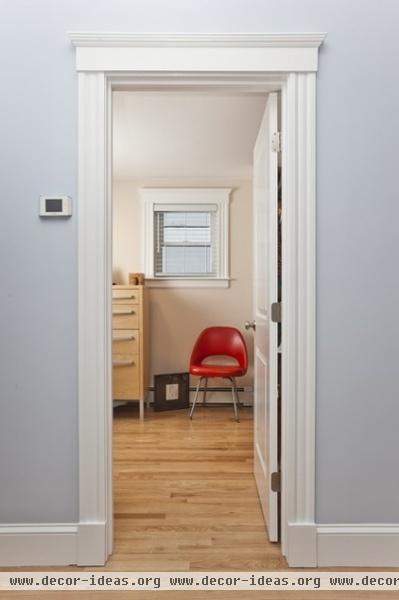
3. Improve efficiency and save money. Once you've taken care of the basics, you can make your heating system function more efficiently by making it smarter. If you don't have a programmable thermostat, it's worth looking into one — they are relatively easy to install, and once you program the heat to come on when you actually need it, you won't waste money heating an empty house.
If your microwave is constantly blinking 12:00 and programming isn't your strong suit, the Nest thermostat can learn your daily rhythms and program itself. And if mere programming won't satisfy your need for tech, there are many thermostats that you can control remotely through your smart phone or computer. But be sure to find and purchase technology that you'll actually use.
One other thing: A thermostat only turns a heater on or off. Contrary to popular belief, turning the temperature way up will not make the house heat up any faster.
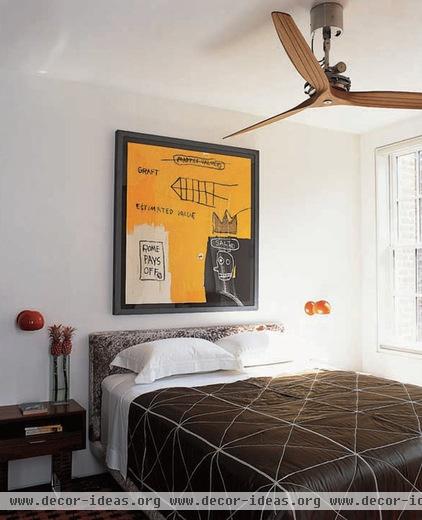
4. Keep it moving. Those ceiling fans in your house shouldn't just gather dust once the warm weather passes. To distribute heat throughout the room, find the small switch on the main body of the fan that reverses the fan's direction. When you don't feel a breeze, that means the fan is blowing air upward, circulating air without cooling the room. Hot air trapped at the ceiling will be forced down along the walls. You'll feel warmer, and the thermostat will be satisfied sooner, saving you money.
If you have ductwork visible in the house (usually in the attic, basement or crawl space), you can increase the efficiency of the system by sealing all the joints with duct mastic, a putty you can trowel on or squirt out with a caulk gun to permanently keep the ducts from leaking hot air. Duct tape is good for a lot of things, but sealing ducts is not one of them.
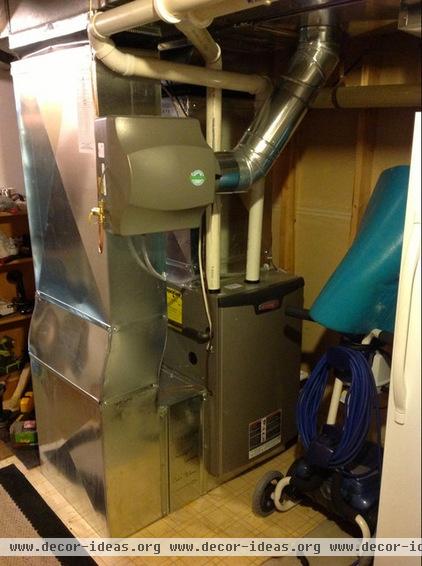
5. Be safe. Since the furnace is often in the basement, it tends to coexist with our stuff. Things pile up, and someone may leave flammable items close to the heater's flue pipe. Keep the area around the furnace clear so that it can both draw in air and exhaust properly and safely.
In addition to smoke detectors, you should have carbon monoxide detectors near bedrooms and the heater, ideally on every floor. Carbon monoxide is slightly less dense than air, and as it is usually warmer, will probably rise through the house, even to upper-level bedrooms. Hundreds die from carbon monoxide poisoning in the U.S. every year.
If you have a fireplace, have the chimney professionally cleaned. If you don't use the fireplace, stop hot air from escaping out this large hole by using the flue damper or installing a chimney balloon.
More: Fall Fixes: Get Your Fireplace Cold-Weather Ready
Related Articles Recommended












